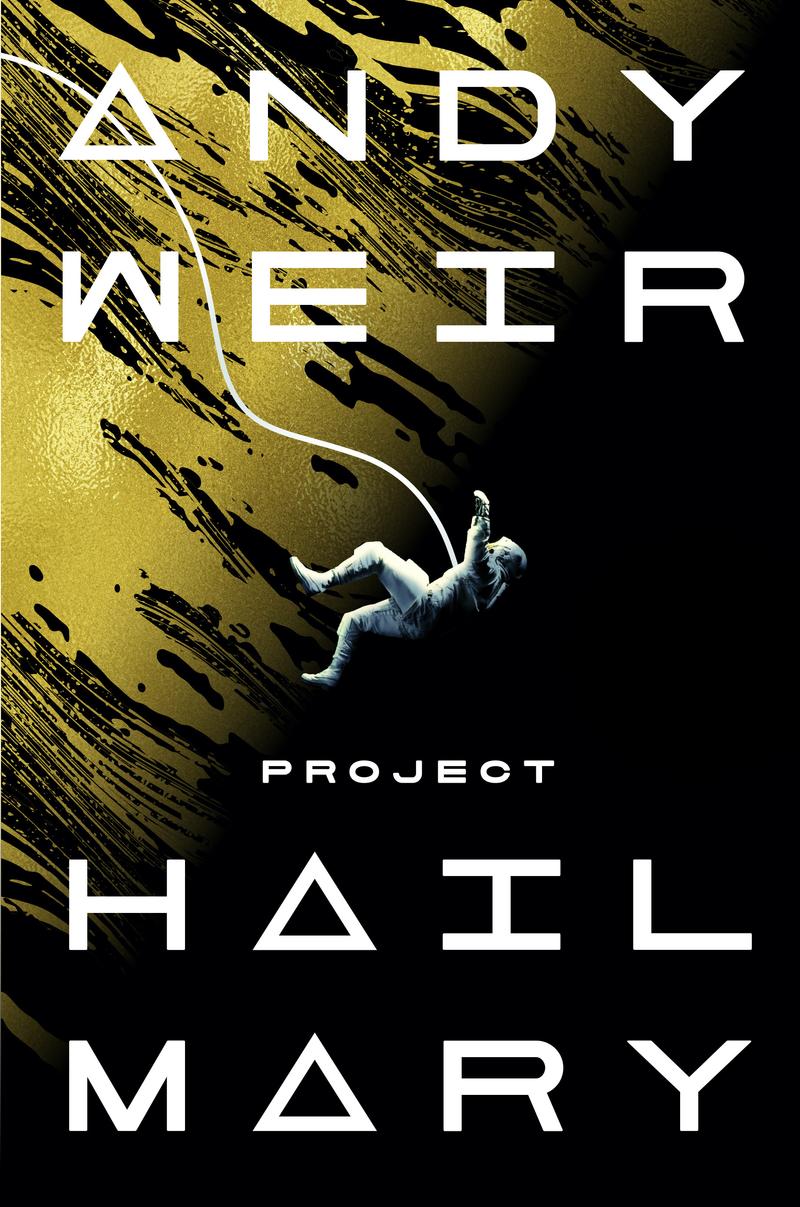A Series of Actually Quite Fortunate Events
Andrew Weir’s The Martian adapted well to a feature-length film and his follow-up Project Hail Mary is slated for a Ryan Goslingafied adaptation set to be released a year from now. Much like The Martian, a lone über-engineer/scientist (though this one is ostensibly also a high school science teacher) must survive against all odds alone in space, using only his knowledge, wits, and a series of conveniences to get him to the next plot point. The writing speeds readily through stereotypes and 1.5-dimensional characters, well-suited to a film adaptation by Michael Bay or James Cameron.
While it may seem like I’m down on this book, much like its predecessor it is a functional, fast read. The primary relationship between the main character, Dr. Ryland Grace (a name so awkward its used sparingly) and his five-legged alien rock spider friend and collaborator, dubbed Rocky, is the star of the show. I do not envy poor Ryan Gosling and whatever triplet of special effects companies the movie studios abused to get this character to work in the final film adaptation.
At least Project Hail Mary is a fun read in the same way Ready Player One can be if you don’t take much of it seriously. While I appreciate the attempts to encourage readers, hopefully younger ones, to embrace science and how physics equations can be used “practically” with strong air quotes, it’s all a bit hokey in its execution. The main character moves through the plot as though on rails, where every challenge he faces can be solved with an equation he remembers, a thing he figures out, or some magic his alien friend can whip up with his unobtainium-powered devices. At almost every fork in the road, the only two options Grace seems to be able to chose are “death” or “the next plot point.”
I’d say if you’re looking for a quick read where the main character’s superpowers are science-brain and good fortune, read Project Hail Mary. Heck, go back and read The Martian as well if you’re good with that sort of structure. It’s just such a shame that Weir can’t seem to much more than hang a bunch of “science stuff” off a thin plot and thinner characters. It’s much like Dan Brown’s writing: a page-turner from convenience to convenience that makes you feel like you might have learned something but will ultimately forget, easily adapted to a two-hour film script.
What’s worse is the utterly sheltered and pedestrian observations of how our universe works outside of the science and technology that Weir so loves. A world-ending catastrophe spurs the governments of the world to empower a lone bureaucrat with balls of steel to commandeer the resources of all of humanity to work together on a slim timeline to save the world. Even Independence Day has the grace to only pay lip service to any international cooperation and simply asks the militaries of the world to blow up things at roughly the same time. The author asks very few questions about how any of this might actually work so that he can get to every setup-and-payoff he wrote on Post-Its and put up on his office whiteboard.
I’ll revise my opinion. Read this book if you want a quick, movie-like jaunt through near-future space fantasy where the main character’s superpowers of luck and science stuff gets him to a somewhat unsatisfying conclusion as a visiting professor to a bunch of rock spiders with no real reason why he wouldn’t go home. Otherwise, I don’t think I’d recommend it.
It’s fine. It’s fine. For a book that asks you to think about science, engineering, physics, and space, it asks you think about precious little else. The book’s slogan should be “don’t worry about it, unless there’s an equation for it.”